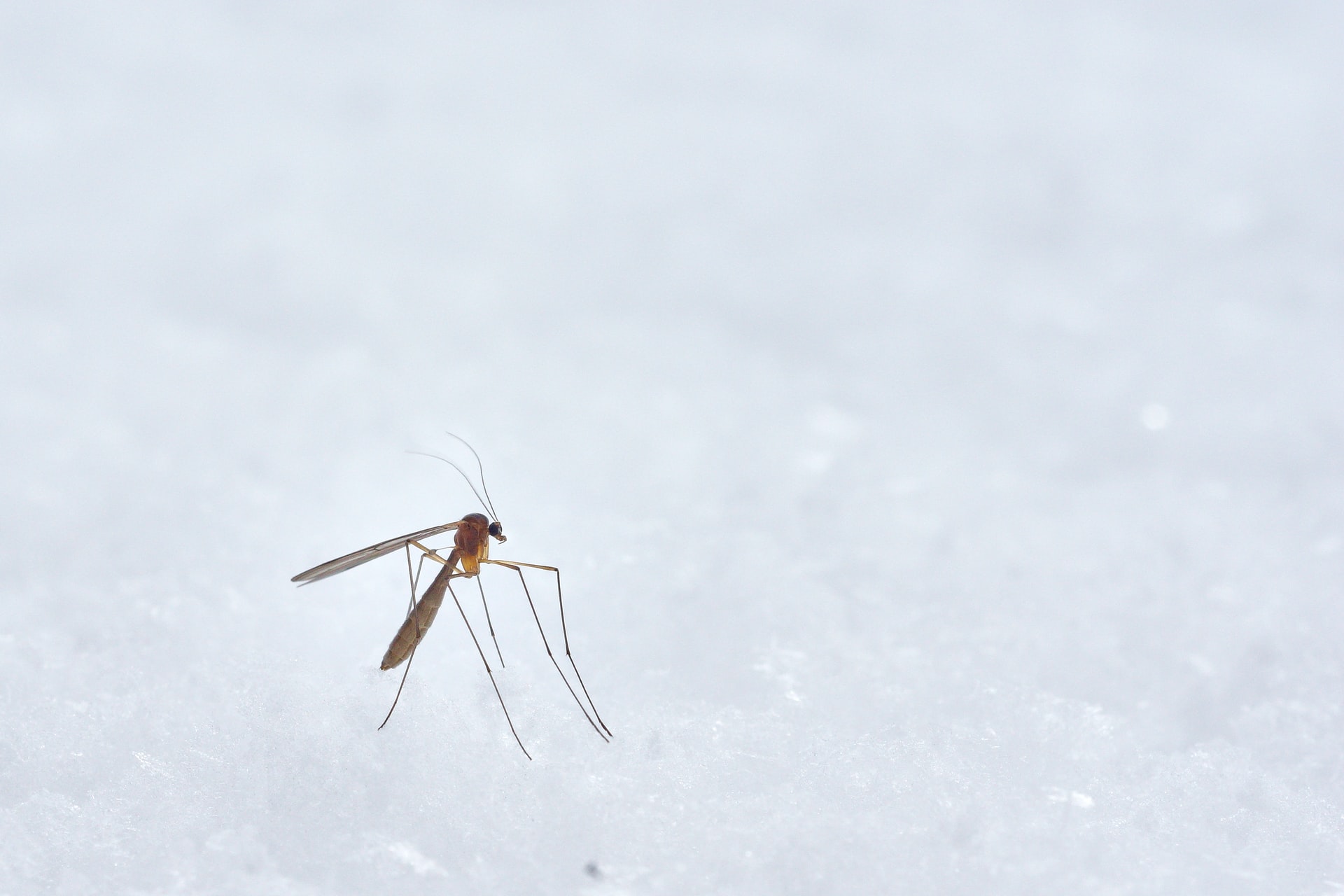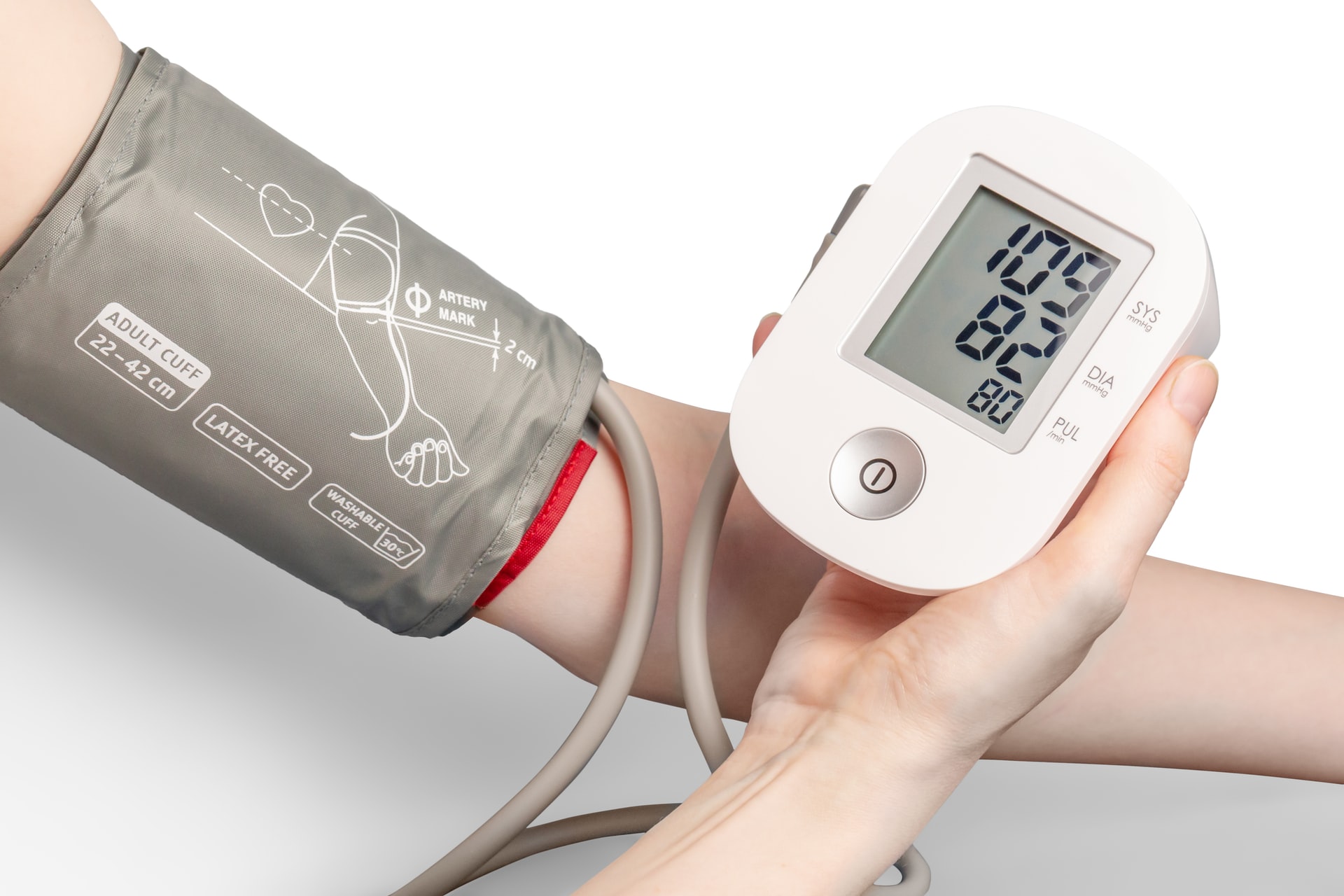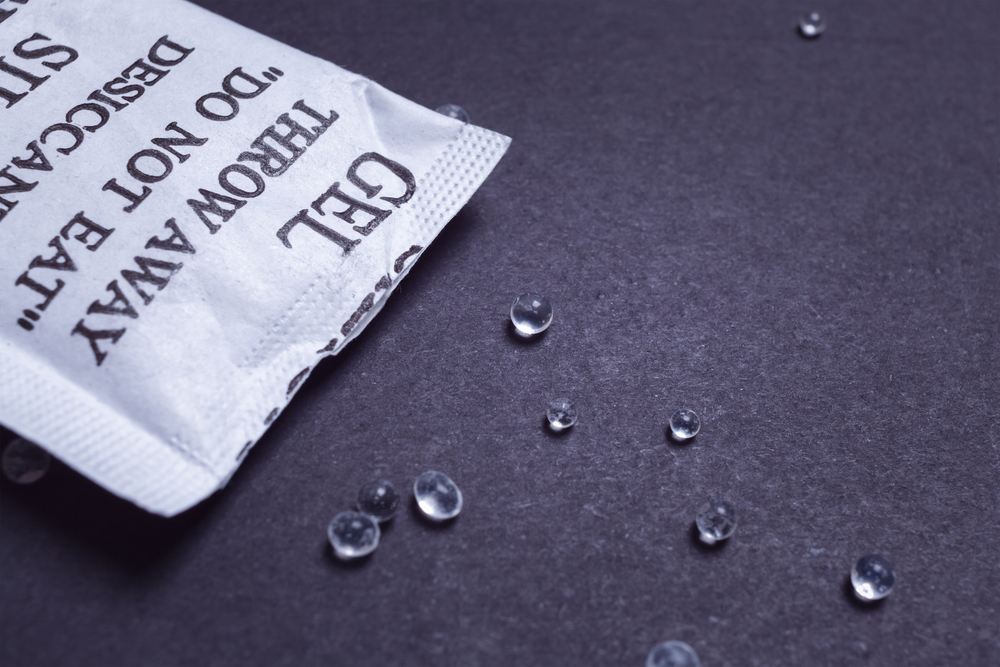Reading Time: < 1 minutes
- The body needs nutrients to function.
- Some of these nutrients can be produced by the body through its natural chemical processes, and some must be obtained from food.
- Whatever the body can produce on its own are called nonessential nutrients, and whatever must be consumed through food are called essential nutrients.
- Vitamins are one of the sevenCarbohydrates, proteins, lipids, water, vitamins, minerals, and fibre. essential nutrients, i.e. the body doesn’t produce them or produces inadequate quantities of them.
- Another characteristic of a vitamin is that the body requires it in small quantities.
- Now, the first five vitamins, A, B, C, D, E, got their sequential names because they were discovered one after the other in the early 1900s.
- They were discovered because of the various diseases that their deficiencies caused.
- It was a given in the health-science community that as more vitamins were discovered, they would get the next available letters.
- But as new vitamins were discovered, they were found to A) not meet the criteria or B) be very closely related in chemical structure to some other vitamin.
- So, they ended up as numbered variants of that vitamin (with which it shared the structure) instead of being labelled as separate vitamins.
- E.g., Vitamin F was found to be an essential nutrient, but the body required it in substantial quantities, so it didn’t fit the ‘required in small quantities’ criterion of vitamins.
- So, Vitamin F became fatty acids of Omega-3 and Omega-6 varieties.
- Vitamin G, H & M were found to be closely related in chemical structure to Vitamin B.
- So, they became numbered variants of Vitamin B — B2 (riboflavin), B7 (biotin), and B9 (Folic acid), respectively.
- There is no record of vitamin I, but some experts believe it is identified with other members of the Vitamin B group.
- Vitamin J (some call in choline and others call it a combination of B2 and nonessential catechol) was found to be missing a chemical structure criterionIt doesn’t function like a coenzyme.
Also Read:
Why does sugar make us fat if there is no fat in it?
Image courtesy of Adam Nieścioruk through Unsplash






















